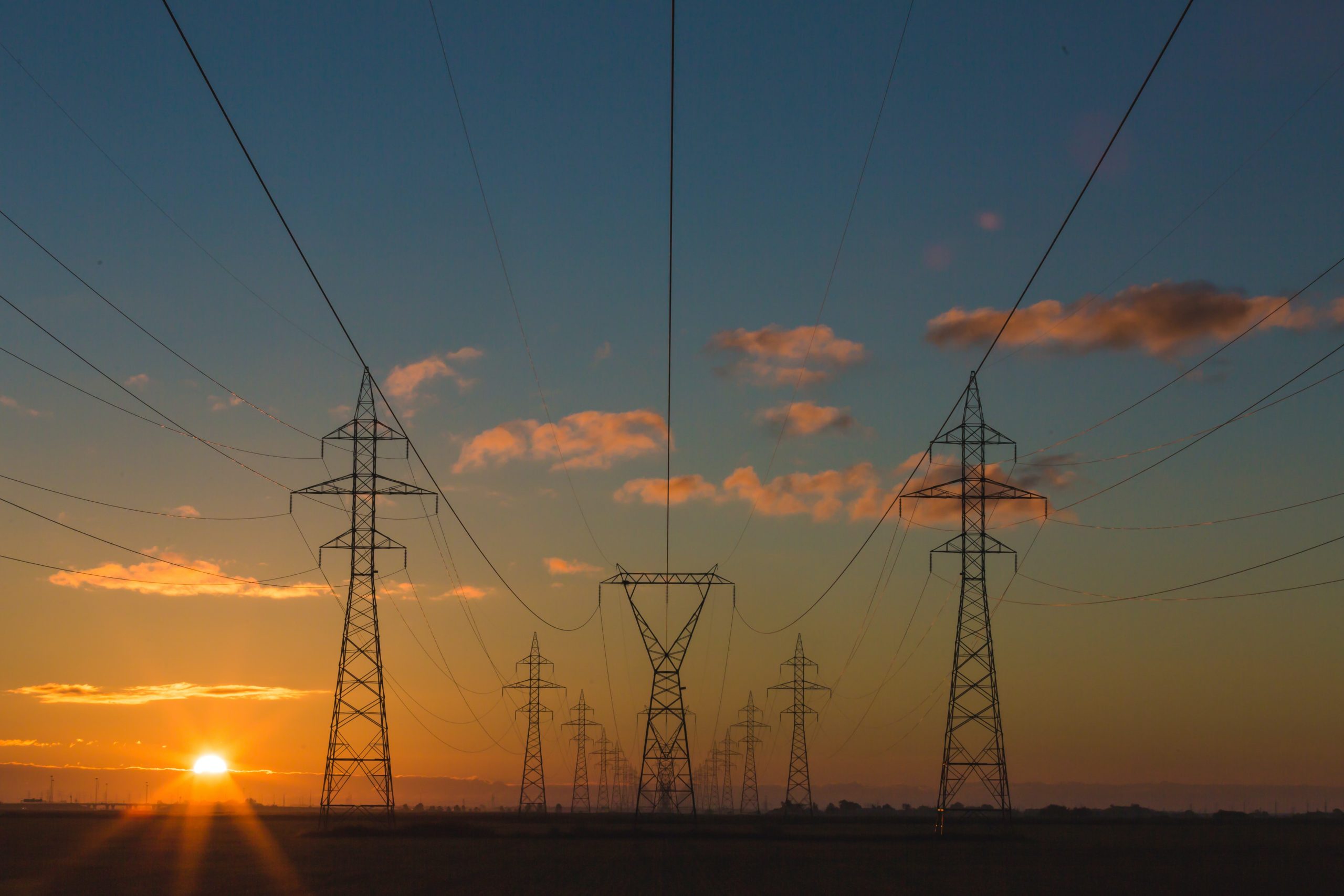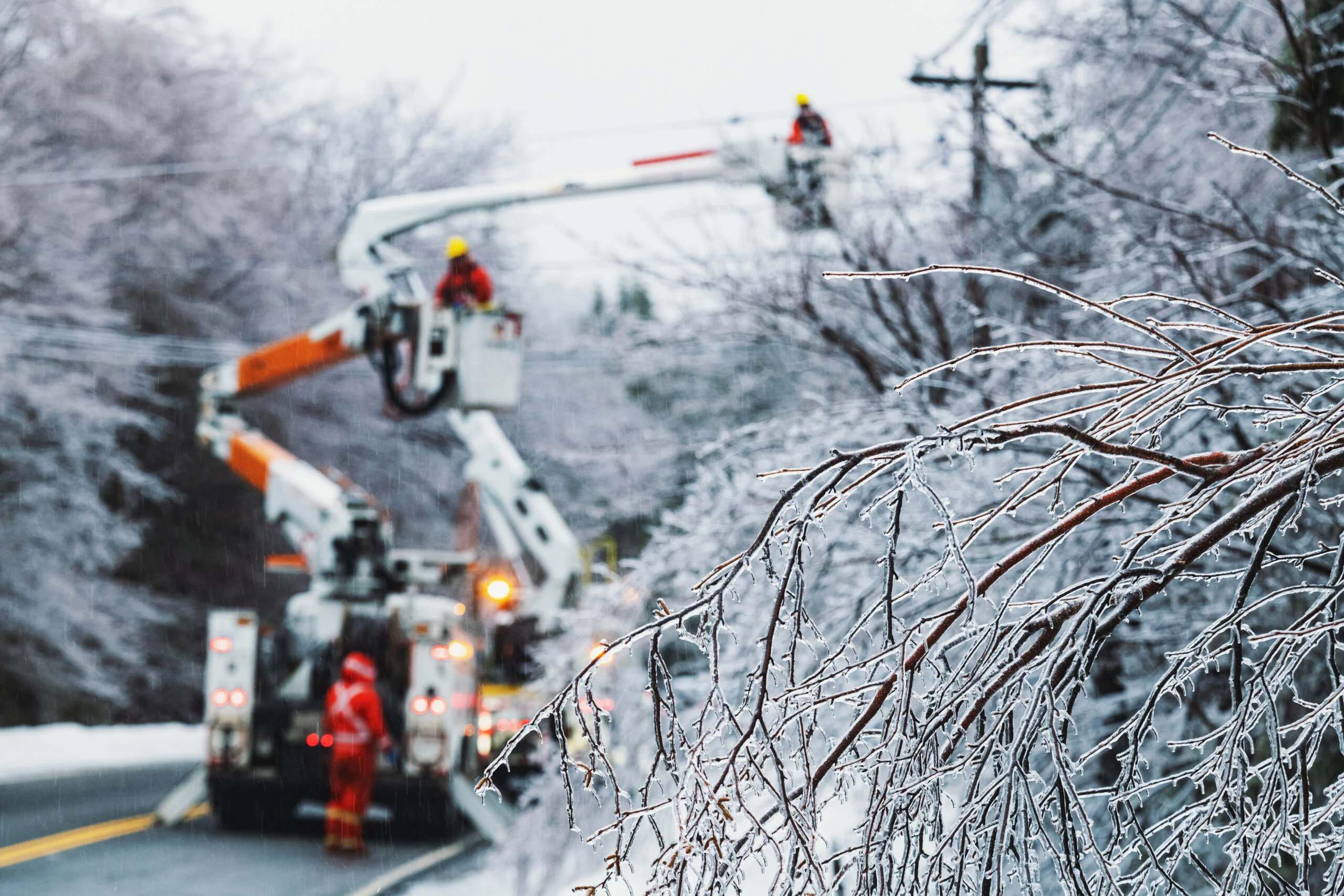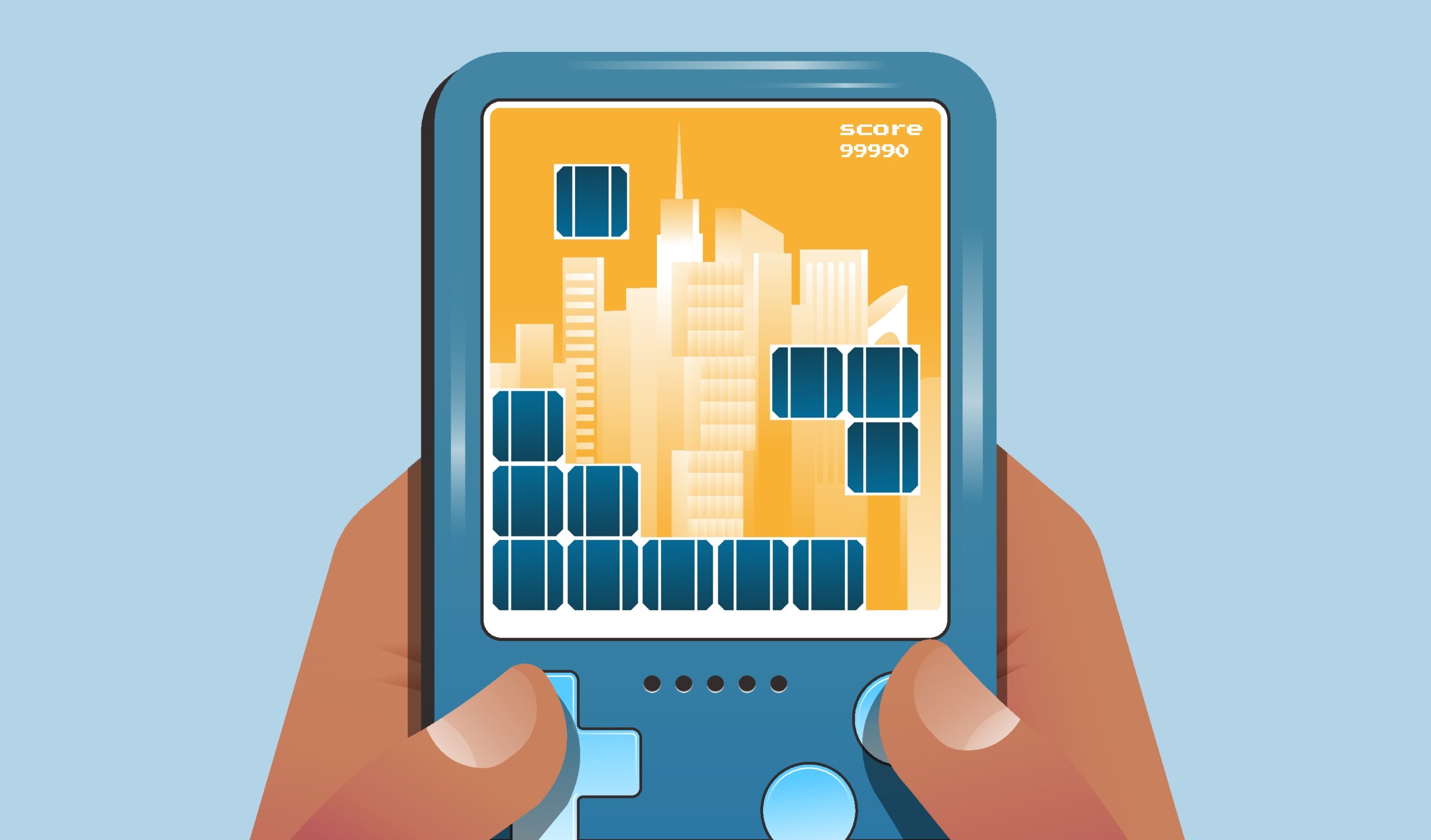It’s easy to view demand response programs and customer service as parallel issues that don’t necessarily overlap. Since demand response incentivizes consumers to use less energy, it can seem like the opposite of what a utility might want out of its operation. Demand response programs and customer engagement aren’t opposing goals, but a key programmatic initiative that works with existing resources to meet key global decarbonization efforts by lowering energy use and enhancing customer satisfaction.
The Value of the Demand Response Market
Demand response programs have existed for around 50 years and have grown incrementally each year. As a conservation effort, demand response is an ideal response to the peak energy demand that increasingly challenges the utility industry as climate change data indicates that every year there are more extreme weather events. A 2021 report shows that the demand response market is expected to grow by $1.71b by 2025. Still, faster progress is needed to reach Net-Zero Emissions goals by 2050. Fortunately, through a robust customer engagement strategy, utility operators can develop their demand response enrollment and participation initiatives to meet rising needs.
Demand Response Programs Aren’t Meeting Their Goals
Research reveals that demand response programs do not come close to meeting their program enrollment goals. Programs implemented around the world (including North America, Europe, and Australia) assume that 70 to 100% of customers will opt-in. In reality, many of them struggle to reach 10% participation.
Utility companies might want to believe that more people will feel obligated to join, but that doesn’t look likely. As a result, companies will discover that they have focused on the wrong incentives, making it harder to reduce the emissions needed to meet government regulations, maintain infrastructures, and control costs as they move toward more renewable energy sources.
Financial Incentives Influence Participation Less Than You Might Think
Classical economics draws a rather simple connection between consumer behavior and financial incentives. From this perspective, giving consumers incentives in the form of credits, rebates, or lower prices should encourage more people to enroll and participate in demand response programs. It intuitively makes sense because we think that we understand what drives consumer behavior. However, a growing pool of research shows that we don’t understand consumer behavior nearly as well as we believe.
A comparison of incentives and participation rates across utility providers in the U.S. doesn’t show a strong correlation. Of the utilities included in the comparison, Southern Maryland Electric Cooperative (SMECO) gave its customers the highest incentive (valued at $50) to participate in its direct load control (DLC) program. Less than 25% of SMECO’s customers participated.
Meanwhile, Vectren Energy, a utility company serving parts of Indiana, got nearly the same participation level (a little over 20%) while only giving customers $20 credits. Dakota Electric Association also tests the assumed correlation between incentives and participation. Nearly 50% of its customers enrolled in the company’s program, which provided an incentive worth about $35. These numbers don’t necessarily mean that giving people financial incentives will encourage them to opt-in to energy conservation demand response programs. (It is worth noting, however, that customers tend to perceive these financial incentives as small or potentially insignificant).
Environmental Appeals Could Play a Role in Participation
Environmental appeals can motivate some customers to join demand response programs. The effectiveness of this approach relies on several assumptions, though. For example, it tends to work best when directed at people who consider themselves environmentalists. When given the opportunity to reduce energy use, these customers might sacrifice some convenience to align their behaviors with their beliefs. For these individuals, participation feels more like a moral obligation than a rational choice.
Still, the fact remains that a small percentage of people join demand response programs irrespective of behavioral incentives. Even when people receive pro-environmental appeals or financial incentives, the numbers show low participation. This could mean that consumers make decisions based on a broader range of factors. Financial incentives may encourage interest, but you need more than mild interest to convince ratepayers to join a program. While appeals to altruism may yield some results, the data suggests that it’s difficult to convince people they can make a significant difference when they know they can’t control considerably larger sources of carbon emissions.
The Case For Better Customer Service
In a recent report on developing talent for the utility industry, the U.S. Department of Labor said, “the energy industry has an image problem.” The Department of Labor’s comment attempts to explain why energy companies have such a hard time attracting and retaining talented employees. The sentiment extends to the general public too, since utility companies rarely have competitors outside of their specific areas. Because the utility industry is a type of natural monopoly, albeit one that is heavily regulated, customer service initiatives aren’t always a key priority, including initiatives designed to develop demand response or other distributed energy resource (DER) initiatives.
Since some customers may feel trapped, overcharged, or short on options, they may automatically dismiss utility companies when they ask them to join conservation demand response programs. Fortunately, with the right customer engagement tools, utilities can educate their customers on their programmatic initiatives, while showing them the value of their participation.
Customer Satisfaction and Data Analytics
Through robust data analytics, utility operations can leverage customer satisfaction data to develop and enhance their demand response and DER program efforts. Utilities that offer better customer service may even increase their profits. Happy customers don’t have as many reasons to complain, which means utility companies end up spending less money on customer services when they work harder to win the public’s trust.
Professor Neil Morgan of the Kelley School of Business at Indiana University says, “As with other companies, providing good customer service has efficiency-enhancing benefits for utility firms, such as lower direct and employee engagement costs of dealing with dissatisfied customers and it generates greater customer trust and cooperation from customers.”
Morgan’s research shows that higher customer satisfaction predicts future profits. Improved customer services don’t increase rates or demand, so companies don’t end up losing money by putting customers first. Quite the opposite: the companies become more financially successful. Instead of trying to give customers a financial incentive to join demand response programs, the data indicates that it’s more effective for companies to enhance customer services and build trust.
How Will Utilities Improve Customer Engagement?
We know that better customer service drives business success, but we don’t know exactly what “good customer service” looks like. The definition looks different depending on factors like country, region, and individual expectations. Adapting to these demands will require effort on the part of utility companies. Practically every industry faces the same challenge.
Consumer-facing businesses know that satisfied customers spend more than twice as much money as unhappy customers. Utility companies aren’t committed to the same economic paradigms and instead are focused on efficiencies designed to minimize operational costs and enhance revenue streams; increasing participation in demand response programs is integral in adding value and reducing fuel costs while maintaining a balanced grid.
Customer Education
Utility companies should start researching how other companies cultivate positive engagement with customers. That data could come from tracking household behavior and customer interactions. E-commerce stores have already developed numerous ways to exceed customer expectations while keeping costs low. Leveraging that information to inform your ratepayers can encourage the programmatic growth that your operation needs.
With the right software tools, there are low-cost options to inform customers of demand event times, allowing them to opt-in or out of participation. Through SMS functionality, some customer engagement tools can connect with customers through SMS texting, email, automated calls, and beyond. Likewise, there are novel ways to engage with customers and promote their participation. For example, some communities respond well to environmental gamification, which some enterprising utilities have built into their customer outreach strategies.
Demand Response & Customer Engagement Conclusion
By virtue of the operation, every utility gauges customer satisfaction a little differently, though the industry-standard metric suggests that promoting economic development can lead to a significant increase in overall satisfaction. Your customers want to be seen and heard, and they want to feel like they have options that can help make a difference. The duel forces of decarbonization and the rapidly changing energy landscape brought on by electric vehicle (EV) charging have challenged the industry like never before. Fortunately, by educating customers on the value of your demand response and DER programs, you can enhance your revenue AND raise your customer satisfaction.




